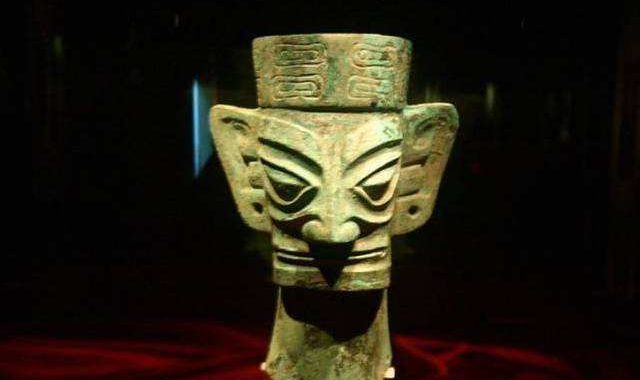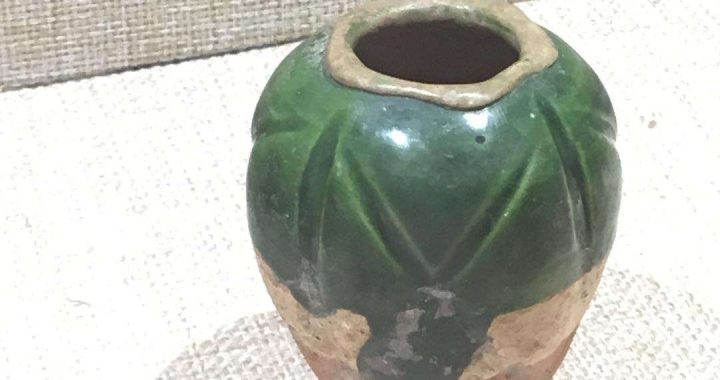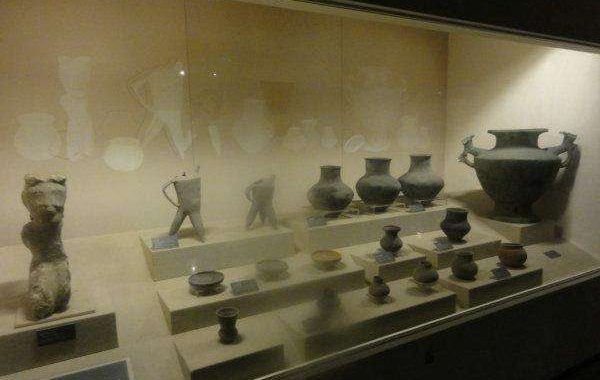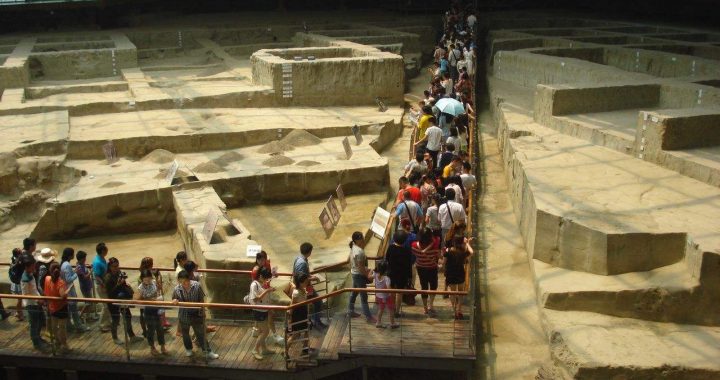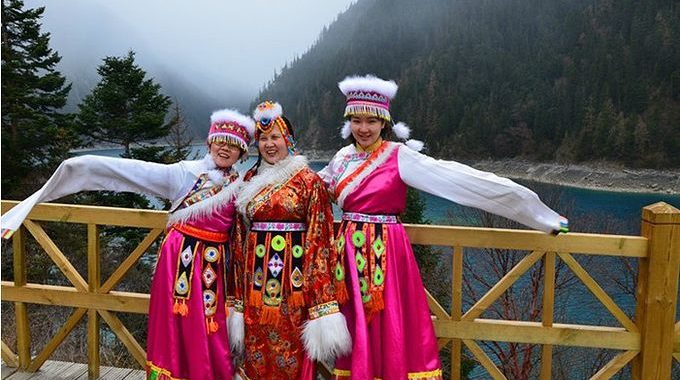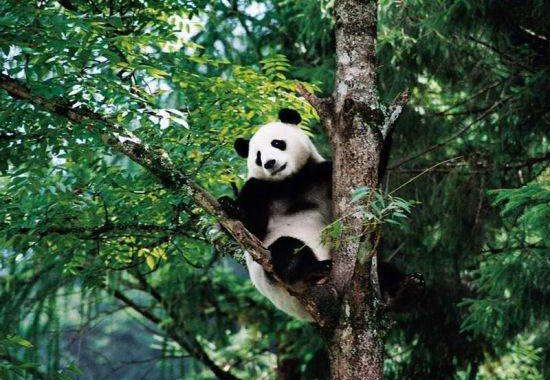Chengdu,Teahouse-hopping and Chilies
5 min readHeritage:Mount Qingcheng&the Dujiangyan Irrigation System,Mount Emei Scenic Area,including Le Shan Giant Buddha,Sichuan Giant Panda Sanctuaries.
Abustling pedestrian overpass in Chengdu.
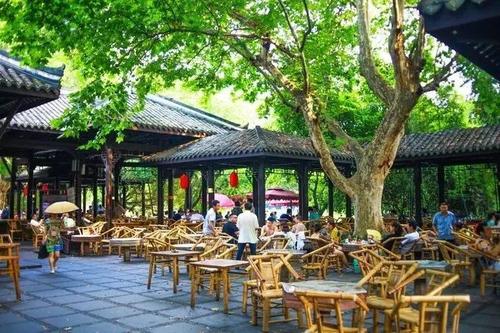
Get comfortable in a bamboo chair and watch life go by in one of Chengdu’s countless teahouses.Feast on the famously spicy Sichuan cuisine,and don’t forget to visit the pandas.
A giant statue of Chairman Mao marks the center of Chengdu.Surrounded by flashy advertisements,the chairman oversees the movements in the capital of Sichuan Province from atop his podium.The Sichuan is endowed with fertile land and its nickname,“China’s No 1.
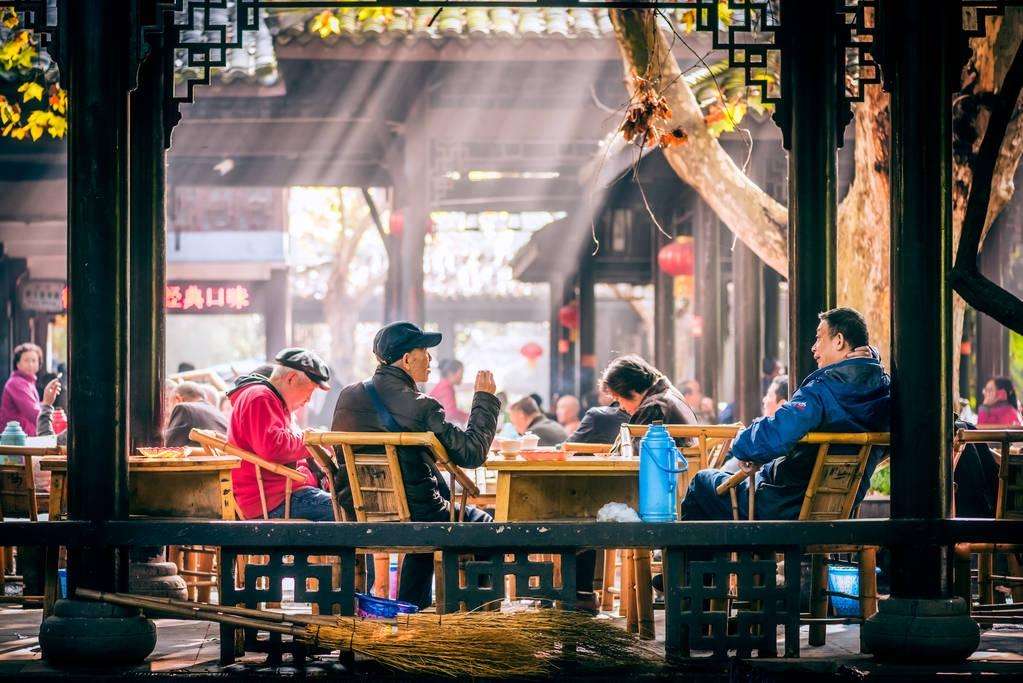
breadbasket,”is fitting.It is also diverse,with more than 40 ethnic minorities living in the province.
Chengdu is over 2,500 years old;paper money was first used here during the Song dynasty.But despite its antiquity and its laidback feel,the city is rapidly developing as an important commercial center in western China.In the drive to modernization,many of Chengdu’s traditional areas have been torn down,but there are still enough traditional areas and historical sights to keep visitors entertained.
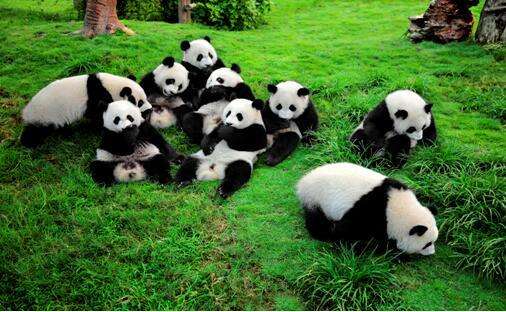
The best way to get a good feel for Chengdu is to find a spot in the shade at a teahouse and relax.Teahouses and the local cuisine vie for the top spot as the definingcharacteristic of Chengdu.There are few places in China where traditional teahouses can still be found-this is the place to sit back,order a cup of tea and forget about your troubles.Majiang(majiang ),a domino-type game,is played everywhere.The click-clack of the mahjong pieces being shuffled fill the air,along with the whistles from songbirds that old men carry in bamboo cages.In some teahouses you can even enjoy your tea with a live performance of acrobatics or Sichuan opera while getting a head massage or your ears cleaned with long metal picks.In the area just north of the Jin River,which traverses the city from west to east,there’s an excellent teahouse in the People’s Park(renmin gongyuan ),aptly named the People’s Teahouse(renmin cha guin).
8th century poet Du Fu once called this bauboo forest hone.(dufucaotong)Besides teahouses,there are many other attractions in Chengdu.One of the most pleasant experiences is to stroll around,or even better,to bike around the city and see the old residential areas and the food markets.Chengdu is a manageable size on a bike and most hotels will rent one for about RMB 10 to 20 per day.Most streets have a separate lane for bikes,making biking a far safer venture here than in many other Chinese cities.For travelers who have seen many of China’s other cities,the abundance of greenery along the roads is a welcome change.A good area to explore is south of Renmin Dong Lu and east ofRenmin Nan Lu.While over there,check out the Qingshiqiao Market(qinshiqiao shichang),the most dynamic market in Chengdu.

What can’t be missed when coming to Chengdu is a visit to see the pandas(daxiongmao).Sichuan Province is the home of these celebrated creatures.There are only an estimated 500 to 1,000 pandas left in the wild and most of them live in northwestern Sichuan.The Wolong Nature Reserve(wolong ziran baohiqi )is a 3-hour drive from Chengdu.This 772 square mile(20,000 ha)reserve was created in 1974 to protect the pandas,but is also home to thousands of plant species and 230 different species of birds.
Even though the beauty of the area is justification enough for the trip,there is no guarantee that you will get lucky and run into a panda here.However,some 6 miles(10 km)north of the city center is the Giant Panda Breeding Research Base(daxiongmao fanzhi yan jiu zhongxin)where seeing a panda is guaranteed.There are around a dozen pandas here,and it’s best to get here in the morning between 8am and 10am when the pandas are fed and at their liveliest.There is a museum with exhibits explaining everything there is to know about pandas.
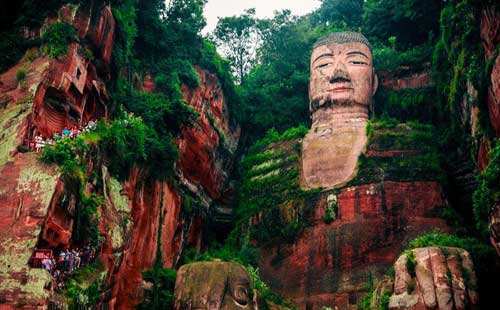
There are some interesting temples in the city and if you only have time to visit one,it should be the Wenshu Monastery(wenshu yuan).In the Wenhua Park(wenhuigongyuan)is the smaller Qingyang Temple(qingyong gong ),which is worth a visit as it’s the oldest Taoist temple in town.The temple also has an eight-sided pagoda made without any nails.The bustling market surrounding the temple is a major leisure area for the locals-at times it may seem like the whole city is shopping.Just east of the temple is the Qingtai Da Jie,where the old architectural Chengdu has been recreated.Close to the Qingyang Temple is Du Fu’s Cottage(dufu caotang ),home of one of China’s more revered poets of the Tang dynasty who wrote over 200 poems while living in this simple cottage.
Exploring the city on bike or foot.Dive into the smaller alleys of the city and experience the local markets and traditional architecture.
Treating the taste buds to the exquisite Sichuan cuisine.
Taking in Chengdu in slow motion at a teahouse.
Visiting the pandas in the Giant Panda Breeding Research Base.
For some local flavor in the evening,200-year-old Sichuan Opera(chuanju )is an entertaining option.Ear-splitting Sichuan Opera is definitely an acquired taste and can be seen at the Jinjiang Theater(jinjiang juyuan )or the Shufeng Yayun.
The contents of shows vary,but the most important elements are high-pitch singing,acrobatics,slapstick and unique to Sichuan Opera,“changing faces,”in which the performer very quickly changes colorful masks.The whole atmosphere,from the show with tea and snacks to the enthusiasm of the audience and performers make it a memorable experience.

A bronze sculpture fron the Sansingdui archeological site.
For history buffs with a little more time on their hands,a visit to Sanxingdui(sanxingdui ),the site of the ancient Shu capital will be rewarding.Centered on Sichuan’s Yangtze River valley more than 4,000 years ago,Sanxingdui holds the largest surviving ruins of the Shu Kingdom.Since the discovery of the ruins,more than 10,000 relics including bronze,gold,jade and marble artifacts,pottery,bone tools and ivory objects have been uncovered.The site’s museum is in Guanghan City,about 25 miles(40 km)from Chengdu.Sanxingdui is considered the most important site for ancient Sichuan culture due to its sheer size and the number of artifacts found.

